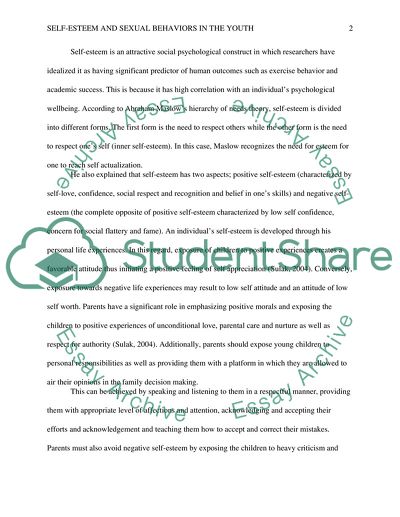Cite this document
(“Self-Esteem & sexual behaviors in the youth Research Paper”, n.d.)
Retrieved from https://studentshare.org/psychology/1661061-self-esteem-sexual-behaviors-in-the-youth
Retrieved from https://studentshare.org/psychology/1661061-self-esteem-sexual-behaviors-in-the-youth
(Self-Esteem & Sexual Behaviors in the Youth Research Paper)
https://studentshare.org/psychology/1661061-self-esteem-sexual-behaviors-in-the-youth.
https://studentshare.org/psychology/1661061-self-esteem-sexual-behaviors-in-the-youth.
“Self-Esteem & Sexual Behaviors in the Youth Research Paper”, n.d. https://studentshare.org/psychology/1661061-self-esteem-sexual-behaviors-in-the-youth.


